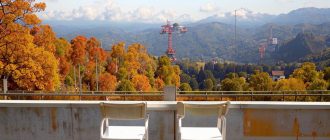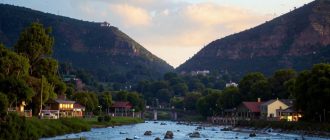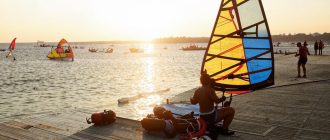Moscow is so diverse, unique and large-scale that it would be impossible to tell you about itself in just a few hours, if you wanted to. But it is quite possible to fall in love with itself. In order not to risk trying to embrace the vastness, we recommend to devote every visit to the capital to only one of its hypostasis.

Pro-Visioni president, Vinogradov.story kogukonna autor
You can start your mini-trip with a retrospective: three historical routes covering the past, present and future of Moscow.
And if you suddenly want to visit St. Petersburg on a weekend or holiday, read this article.
Pre-revolutionary Moscow: aristocratic Kitay-Gorod
Suppose you arrive in Moscow by train. Those who start their acquaintance with the capital at Komsomolskaya Square immediately find themselves in the thick of things – just like millions of predecessors who discover Moscow from the platform of one of the three train stations.
It is quite likely that the hustle and bustle inherent in this place will quickly tire you out: then turn to Orlikov Lane, which will smoothly turn into Myasnitskaya Street and lead you to the heart of pre-revolutionary Moscow – to Kitay-Gorod.
Representatives of absolutely all estates wandered along Kitay-Gorod routes: the first Romanovs – by the boyar chambers on the fertile Varvarka, near the present “Zaryadya”; enterprising merchants – past the offices and banks of Nikolskaya Street straight to GUM; “slum people” from Gilyarovsky’s pages – on Khitrovka and in the vicinity.
By the way, if urban legends are to be believed, it is on Khitrovskaya Square that the oldest residential building in Moscow is located: if you are lucky, they will even open the door to the patio – a portal to a completely different Moscow, quiet and green.
Soviet Moscow: eclectic VDNKh
There are hundreds of monuments to the Soviet era in the capital – from monumental high-rises, the Seven Sisters, to the towers soaring above the city – the Shukhov and Ostankino towers. But nowhere do architectural experiments on the theme of avant-garde, constructivism and “Stalin’s Empire” reach such a concentration as at VDNKh. Conceived as a showcase of the achievements of the Union republics, it combined several functions – exposition, museum and recreational, and by the end of the century it turned into a huge spontaneous market.
Fortunately, the unique “festival” atmosphere of one of the largest public spaces in the capital was preserved, and today it is easy to spend a whole day there, getting lost between pavilions, museums, stylized retro restaurants, park areas and ponds.
And at the end of the day, you can walk out onto Prospekt Mira, marveling at the scale and ambition of the thoroughfare itself, as well as the Rabochy i Kolkhoznitsa and the modernist “house on legs” by architects Andreev and Zaikin, a Soviet imitation of Le Corbusier’s Dwelling Unit.
Moscow looking to the future: the City of Moscow
The skyscrapers of the City have diluted the panorama of the capital just over 10 years ago, but they have already managed to become one of the most popular Moscow symbols – a symbol of development, progress and business activity. There are various locations concentrated on the territory of Moscow-City that can potentially interest travelers – from high-rise observation platforms to shopping centers and apartments.
But the main thing is that you can feel the concentrated capital’s vibe here, everything that Moscow is loved and hated for: endless career races, uncontrolled financial ambitions, glass and concrete, buying and selling, money, money, money. In the City, it is easy to take a test of your predisposition to Moscow: if you don’t want to escape in the first hour, you will never want to leave again.






